Jaguar C-X75
To mark the 75th anniversary of the brand, Jaguar presented a special vehicle at the 2010 Paris Motor Show that even connoisseurs and experts hadn’t expected: The C-X75 Concept. Visually drawn like a mid-engine supercar by Ian Callum’s design team, the original version was a car with an unusual hybrid drive concept. Four electric motors in the wheel hubs powered the vehicle and had a combined power output of then almost unbelievable 572 kW/778 hp as well as 2,140 newtonmeters of torque. The necessary lithium-ion batteries with a capacity of 15 kWh sat in the floor panels and weighed 185 kilograms. In order to significantly increase the pure electric range of around 113 kilometers (70 miles) of this sports car, Jaguar was considering a special range extender. Instead of using a classic combustion engine like other manufacturers before and after, two microturbines from Bladon Jets powered by Diesel fuel were used. Originally, the C-X75 was intended to serve as a pure preview of possible future technologies and at the same time as an anniversary present to the company.
Little did Jaguar know about the unforeseeable public reaction to this sports car. Various car collectors from all over the world approached the employees at the Paris Motor Show or sent their intentions to buy a series version of the C-X75 by post or e-mail. At the same time, Porsche was working on the 918 Spyder, which made its debut as a concept car at the 2010 Geneva Motor Show. There were also rumours of a new Ferrari supercar (later became the LaFerrari) and experts also suspected a more powerful car above the recently launched MP4-12C in the pipeline at McLaren (the P1). It was therefore a good time to launch such a vehicle concept, possibly as a strictly limited edition. So it wasn’t surprising that Jaguar announced a small series production of 250 C-X75s for 2013 in May 2011. Instead of the turbine hybrid drive, there was to be a classic four-cylinder turbo engine in combination with one electric motor each at the front and rear axle. A cooperation agreement was concluded with Williams Advanced Engineering, a subsidiary of the well-known Formula 1 team, for the development of the production vehicle.
















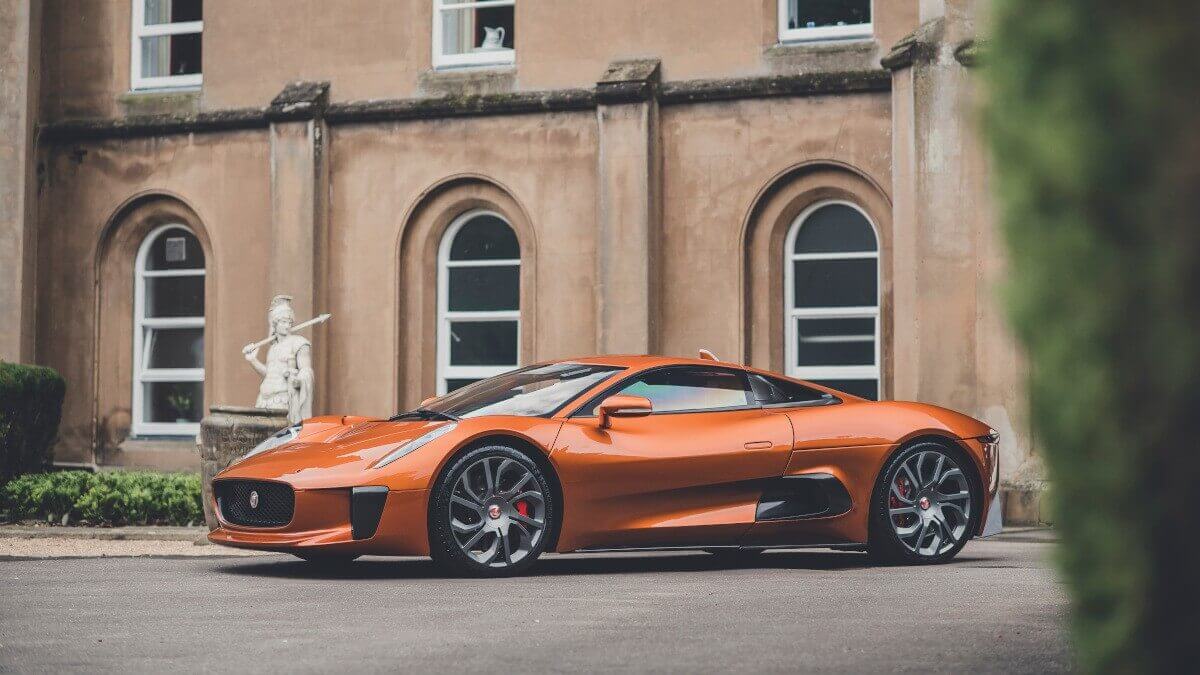







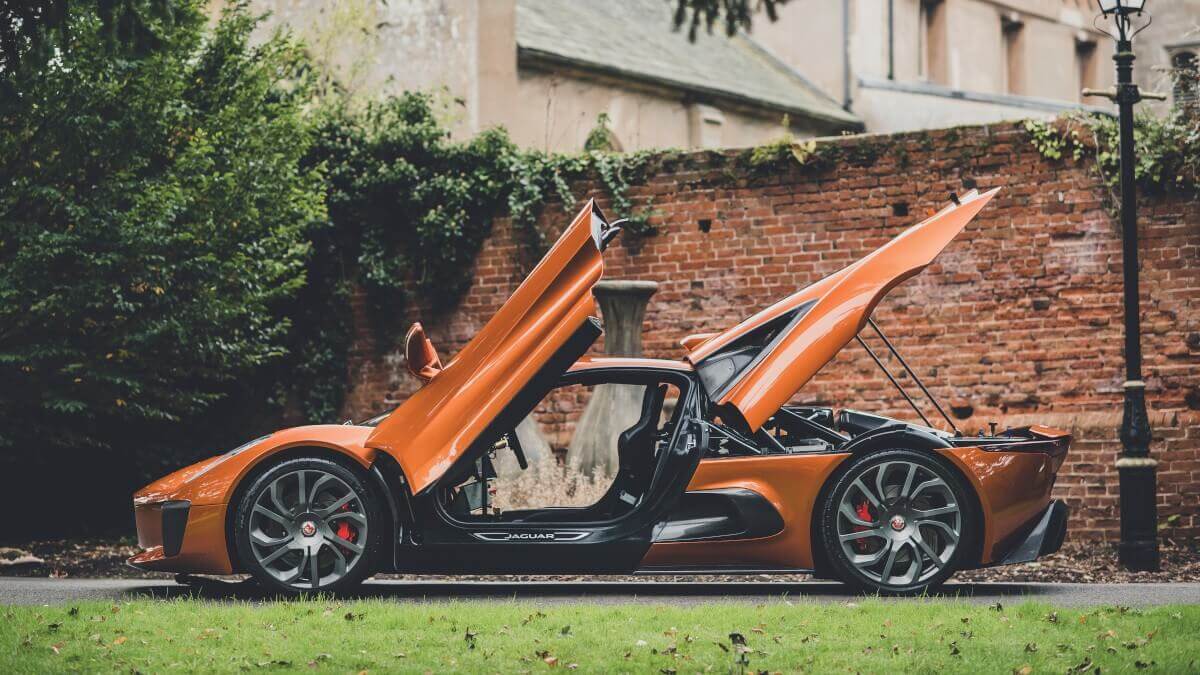



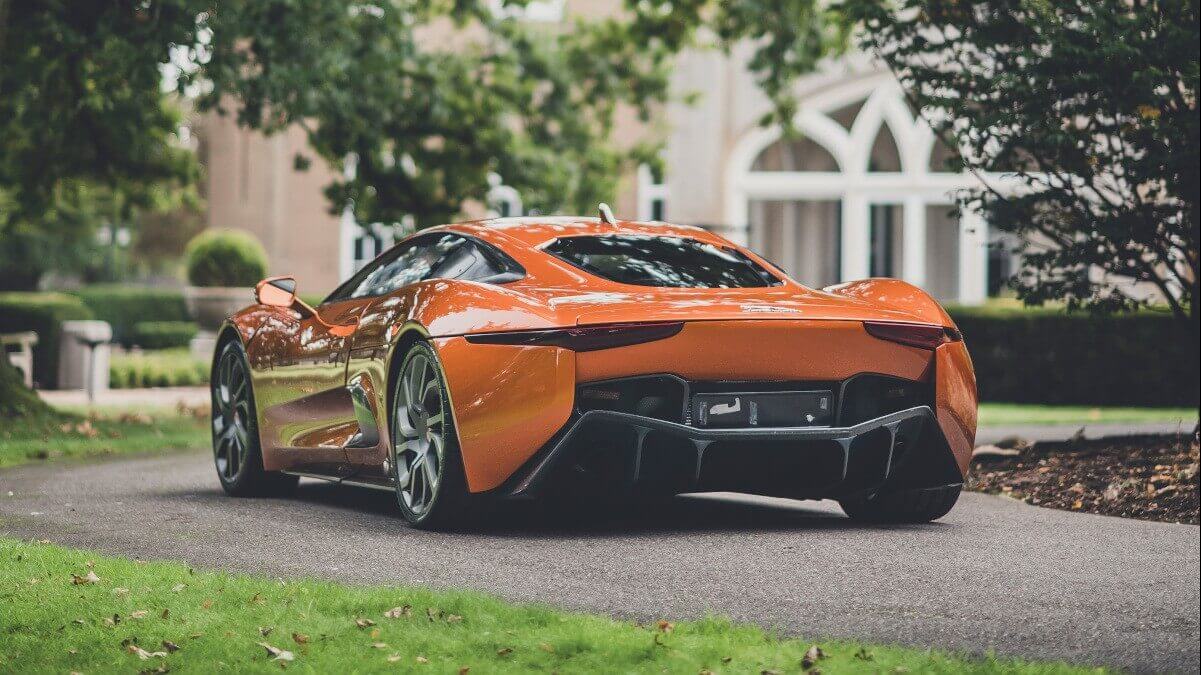











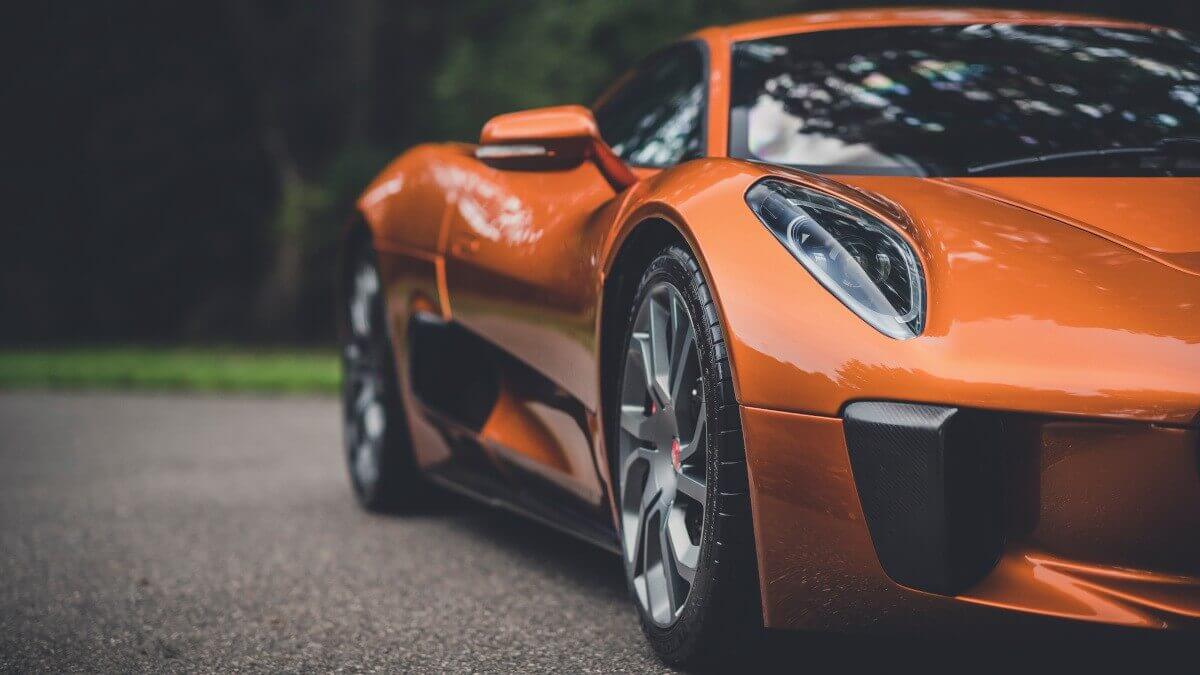











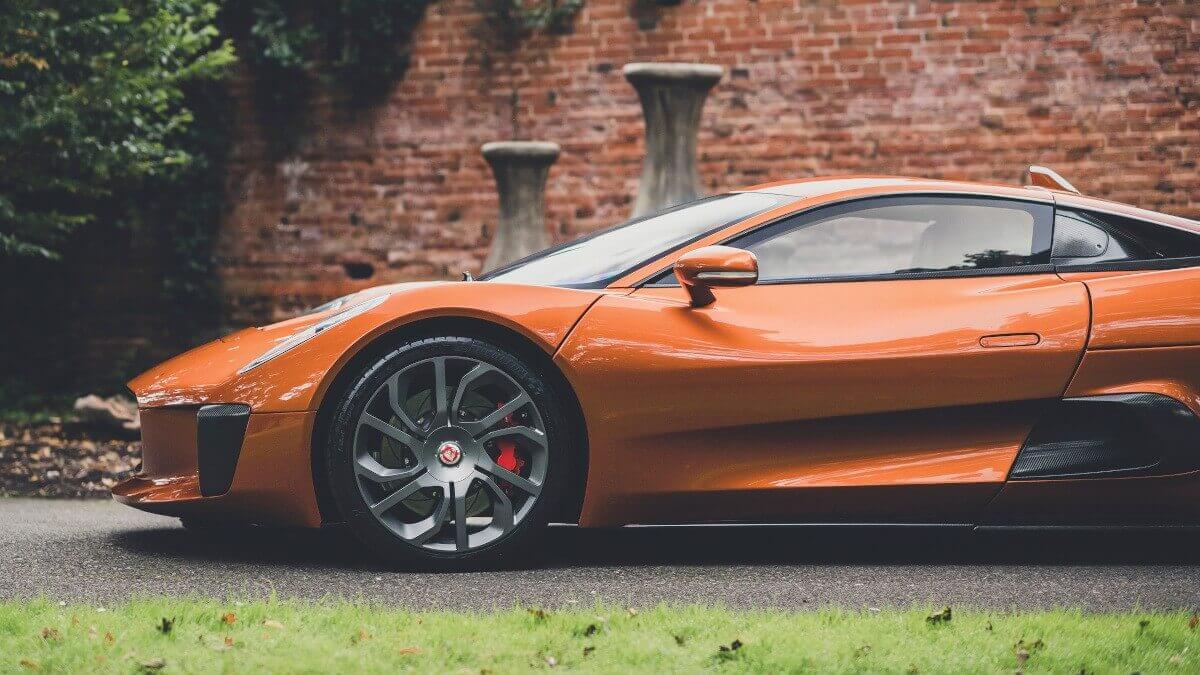















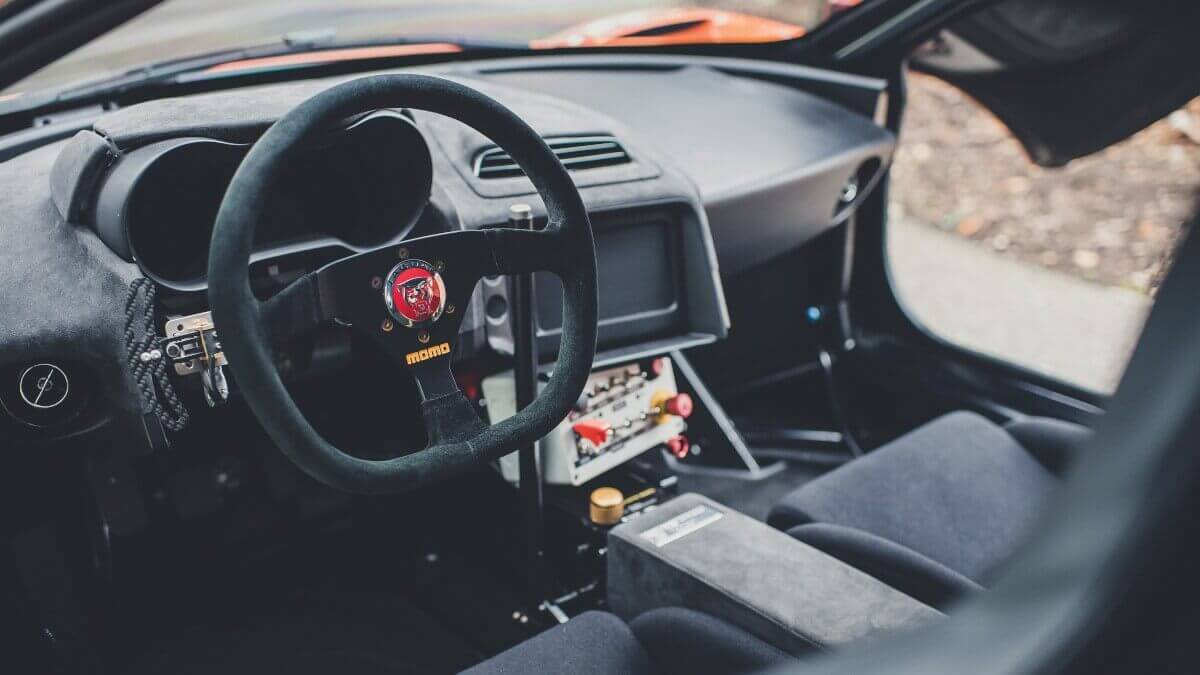























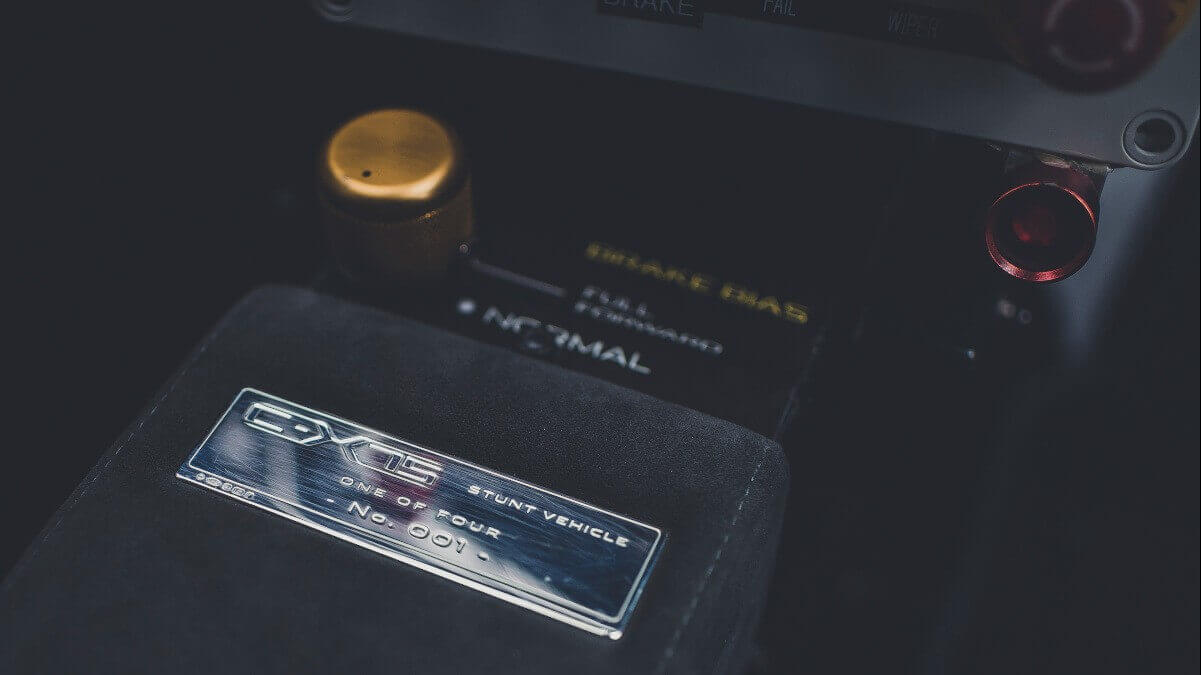



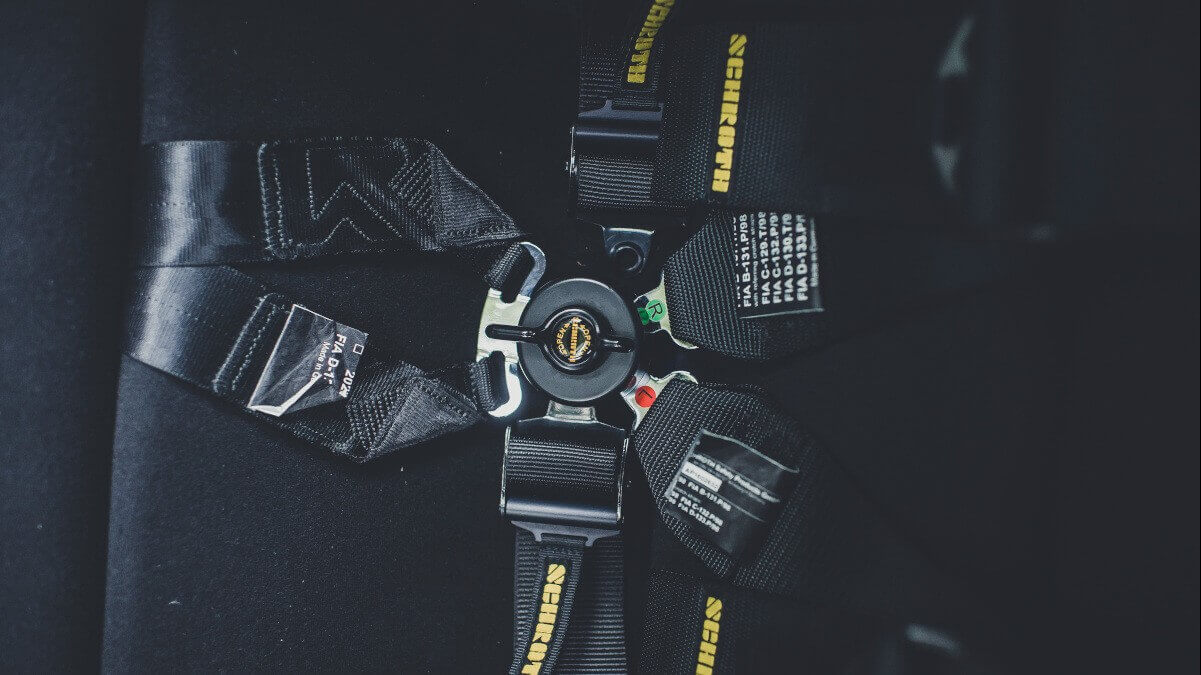











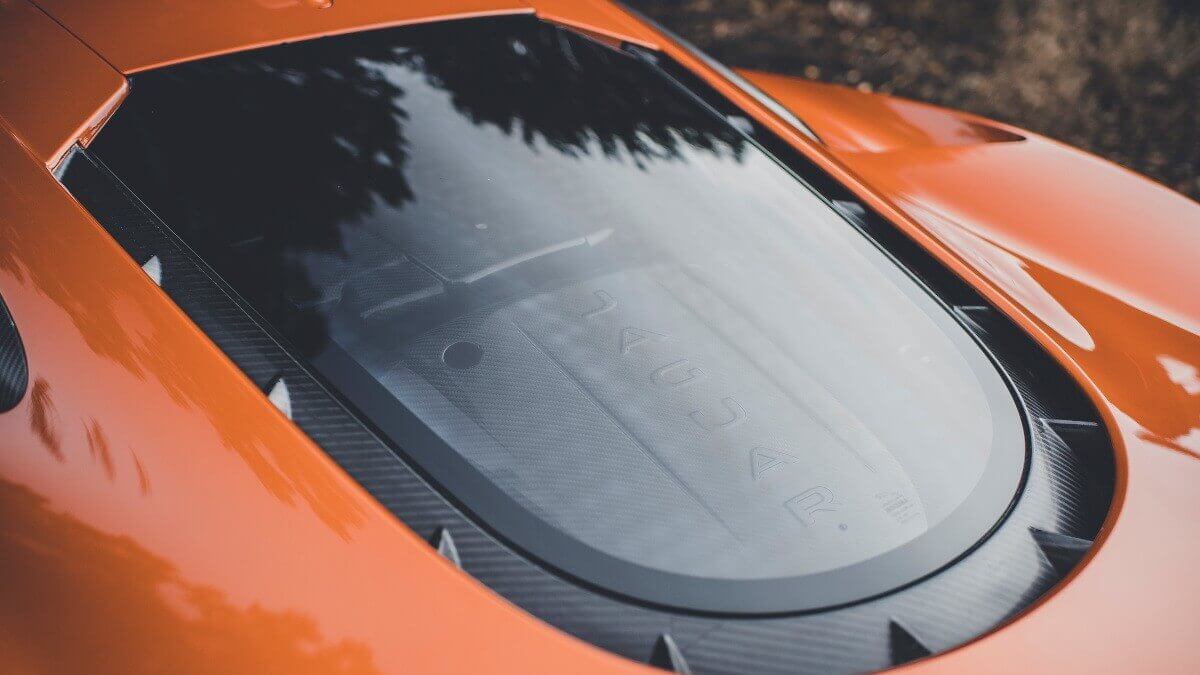



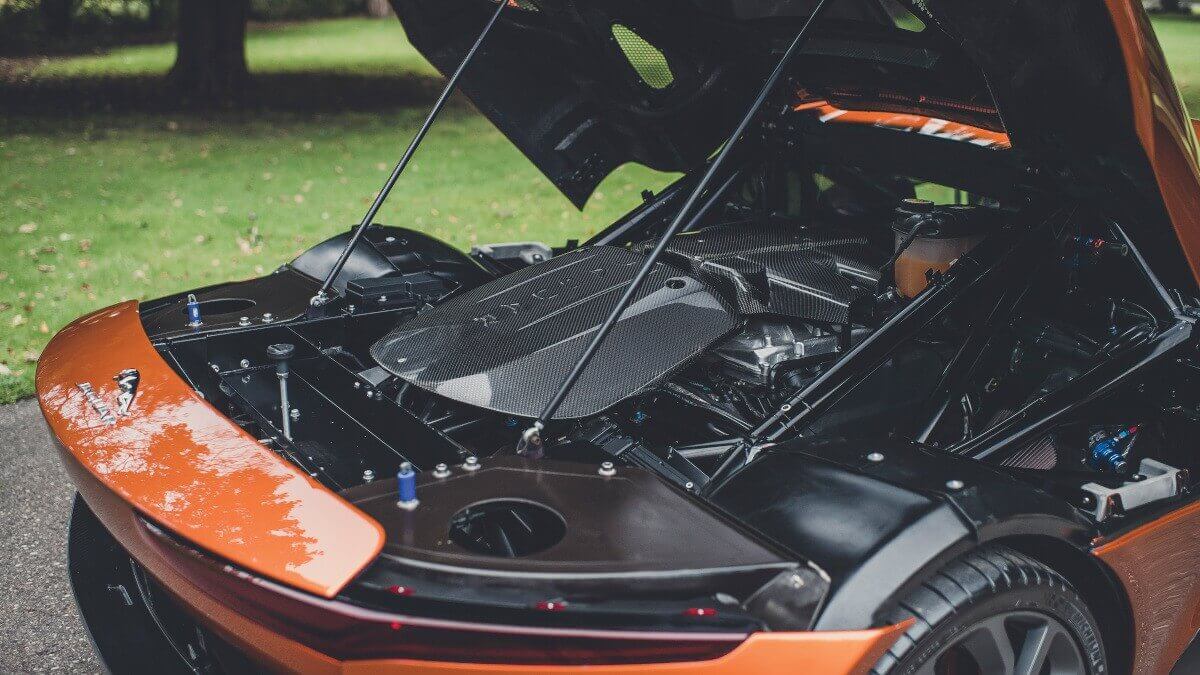



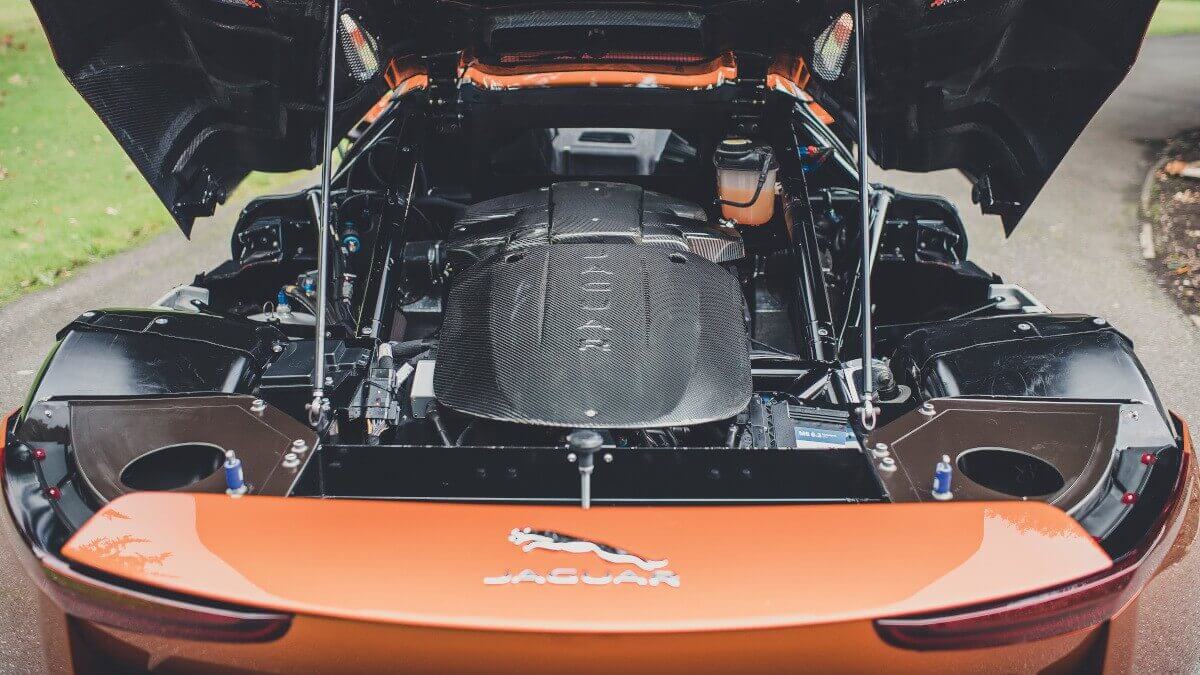



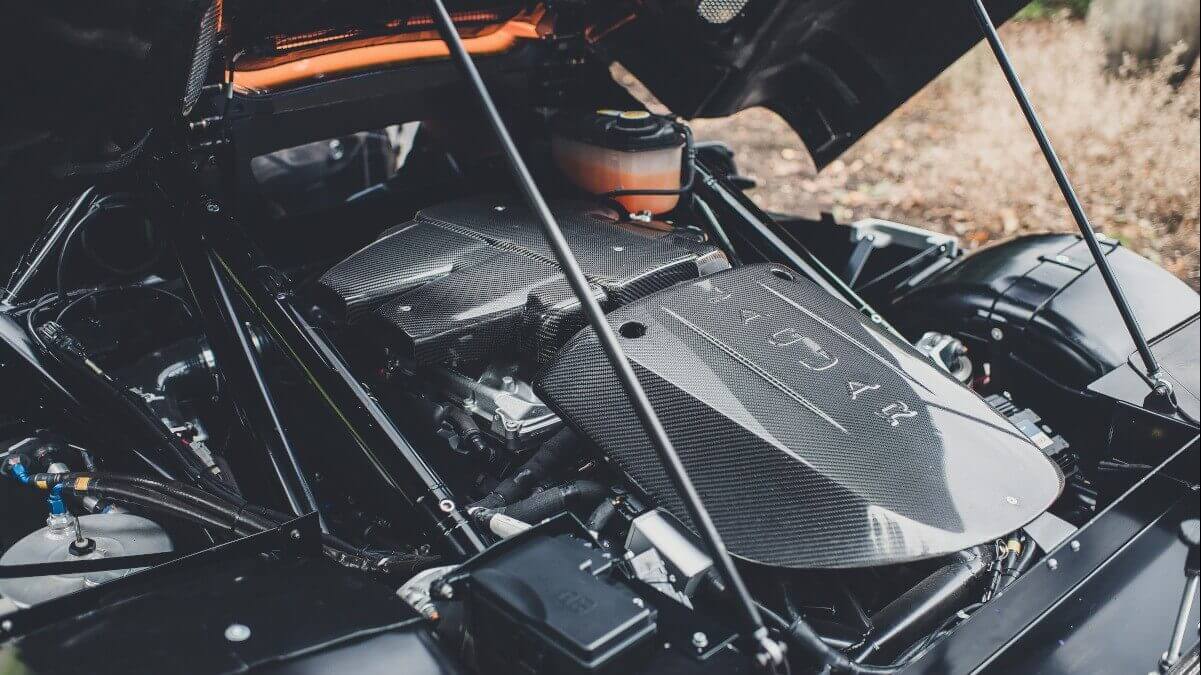



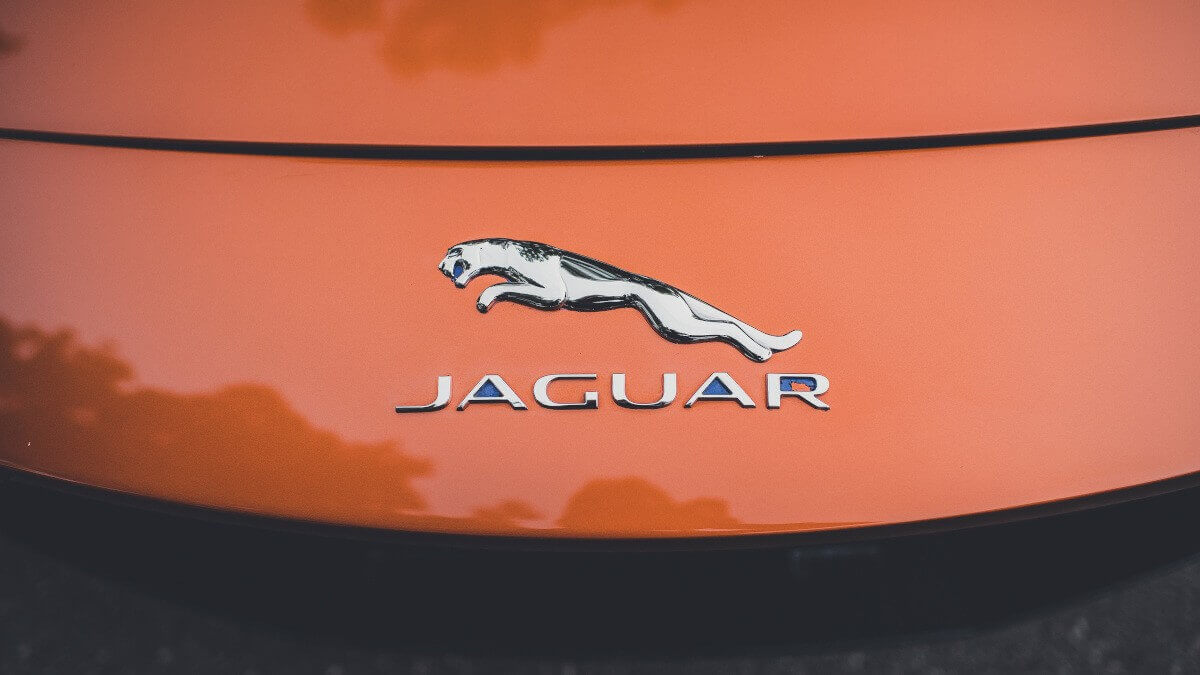







However, already since 2007 there has been a worldwide economic crisis that ultimately led to the termination of the C-X75 project in late 2012. The five prototypes, which were already relatively well developed, were shown at several car events such as the Oldtimer Grand Prix at the Nürburgring in 2013, but otherwise disappeared in the vehicle depots of Jaguar Land Rover and Williams. In 2014, a request was received from the film studios shooting the James Bond movies, Eon Productions. They were looking for a suitable counterpart to the DB10 created especially for the 24th Bond movie ‘Spectre’ by Aston Martin and driven by Daniel Craig as James Bond. They ordered a total of seven C-X75s, four of them as stunt cars and three ‘hero cars’, which is the name for those cars with full interior, which can be used for inside shots with the actors. As the planned film sequence with a car chase between Bond in the DB10 and his opponent Mr Hinx, played by Dave Bautista, in the Jaguar was to take place in nocturnal Rome, the C-X75s were painted in a bright orange, whereby this was obviously done in a hurry. At least on the car with chassis number WAEJLRB24001 (JLR for Jaguar Land Rover, B24 for Bond 24) blue traces of the previous paint color are still visible around the logos.
Exactly this car will be auctioned off by RM Sotheby’s on 30 November in Abu Dhabi. It is one of five drivable examples from the series of seven film cars made by Williams Advanced Engineering. Although at first glance they all look similar to the 2010 concept car, they are based on a tubular frame and the only source of power they received was the five-liter supercharged V8 engine from the F-Type SVR with 550 hp, but converted to dry sump lubrication. In addition, they used a six-speed sequential gearbox from Ricardo, as used in some GT3 race cars, as well as suspension components from the Porsche 911 (997) GT3 rally cars to survive the driving manoeuvres required during shooting the movie. The car chase was to take place across the city center of Rome, with some kerbs being crossed at speed before the dramatic finale approached on the banks of the river Tiber. Number 001 served as a so-called ‘pod car’, so it was equipped with a rollcage and a driver’s seat on the roof to film the actor through the windscreen without him having to really drive the car meanwhile. Unlike other film cars, all four Jaguar C-X75 stunt cars survived the Bond shoot and were then extensively restored by Williams. Afterwards they (together with the hero cars) were used for the promotion of Spectre. The then Williams F1 driver Felipe Massa drove number 001 around the racetrack of the Mexican GP shortly before the race in 2015. Half a year later, Jaguar sold the car to a British car collector. Now he offers it through RM Sotheby’s and hopes to find it a good new home with a James Bond and/or Jaguar fan. The auction house hasn’t yet given any information about the estimates.
Images: RM Sotheby’s, Amy Shore, Mark Fagelson




